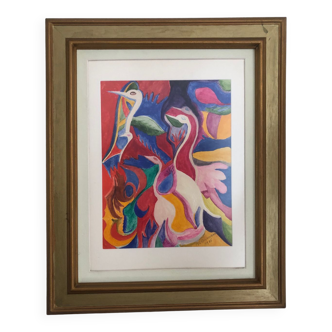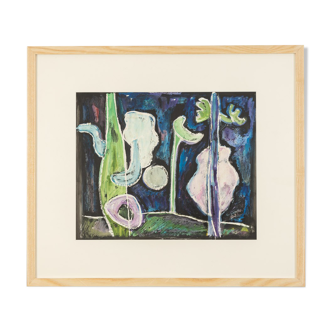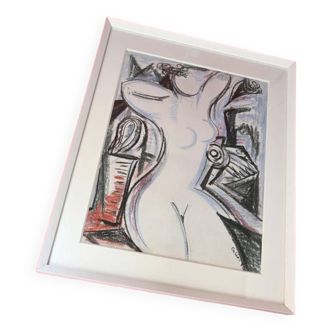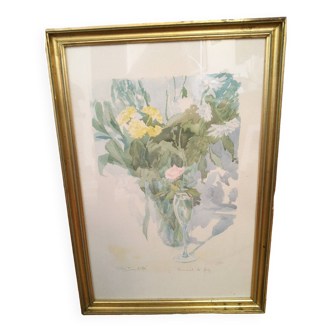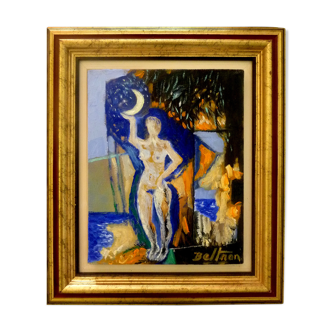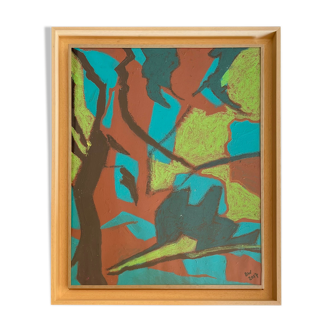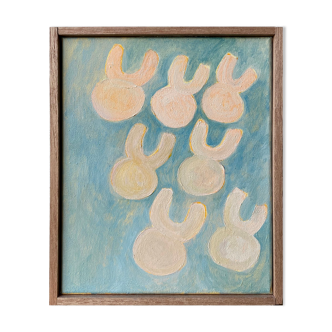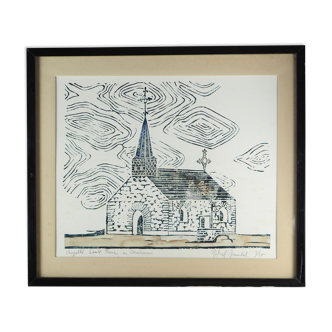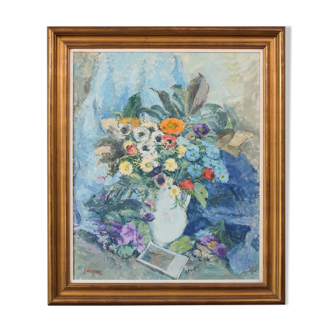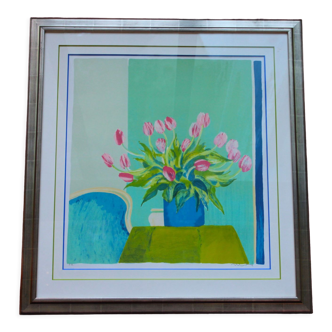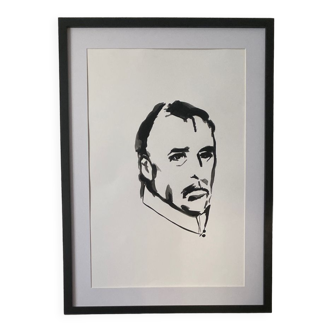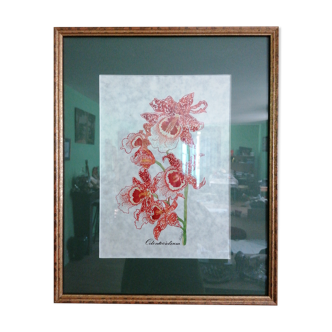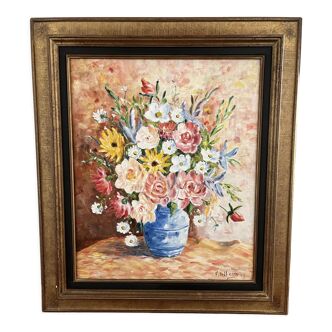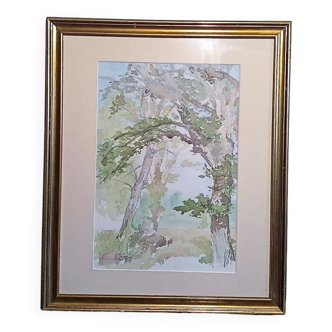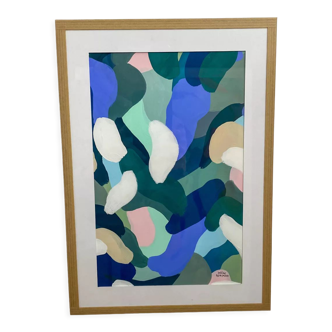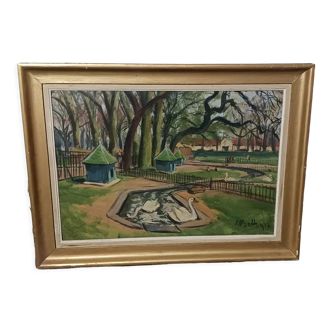Oil painting on cardboard from the 70s by Roberto Ercolini
🙈 Oops, this product is already sold or unavailable. Discover our 1500 new products or products similar to this item !
- Dimensions :
- H90 x W65 x D4
- Color :
- blue
- Material :
- paper
- Style :
- contemporary
Oil painting on cardboard by the painter roberto ercolini (livorno 193-milan 1988) - In frame with glass - Size 90x65... 73x44. After the exhibition debut, marked, towards the end of the fifties, by solo exhibitions at the galleria imperiale in tirrenia (1958), at the galleria cocchini in livorno (1959), and at the bottega dei vageri in viareggio (1960), the fateful transfer took place by ercolini in milan, dated 1960. “nothing about my condition seemed satisfactory to me – such was the artist's admission on the eve of his escape from livorno – or just adequate to my aspirations. When the time really came to leave, it seems to me that in my haste I didn't say goodbye to anyone." From now on, the frequenting of franco russoli, and through him of giovanni fumagalli, will be accompanied by the contiguity with the galleria delle ore in milan, tireless promoter of a series of solo exhibitions, from the first held in 1963, up to the posthumous one in 1989, where the artist's name appears continuously alongside those of alfredo chighine, franco francese, costantino guenzi, gino meloni, pompilio mandelli. However, in the meantime the tuscan exhibitions did not cease, in particular at the italsider in piombino in 1967, at the "galleria klee" in lucca in 1968, at the "il fante di picche" gallery in livorno in 1969, without counting the participation in the editions of the prize amedeo modigliani of 1958 and 1960, until his involvement in the exhibition held at the casa della cultura in livorno in 1978, entitled hypothesis for a profile of artistic research in livorno 1947-1977. The exhibition itinerary in colle retraces ercolini's production from the 1960s until his early death in 1988, or up to the final iconographic cycle of the so-called "rooms": an incessant and see-sawing progression between neo-geometricism, neo-concretism and neo-constructivism from one side, and surrealism on the other. After an initial abstract-informal phase which began in the mid-1960s, erco.
4.89 ()


















